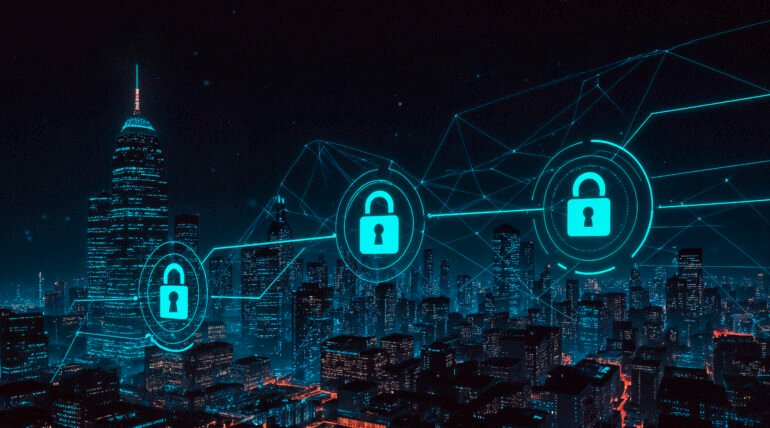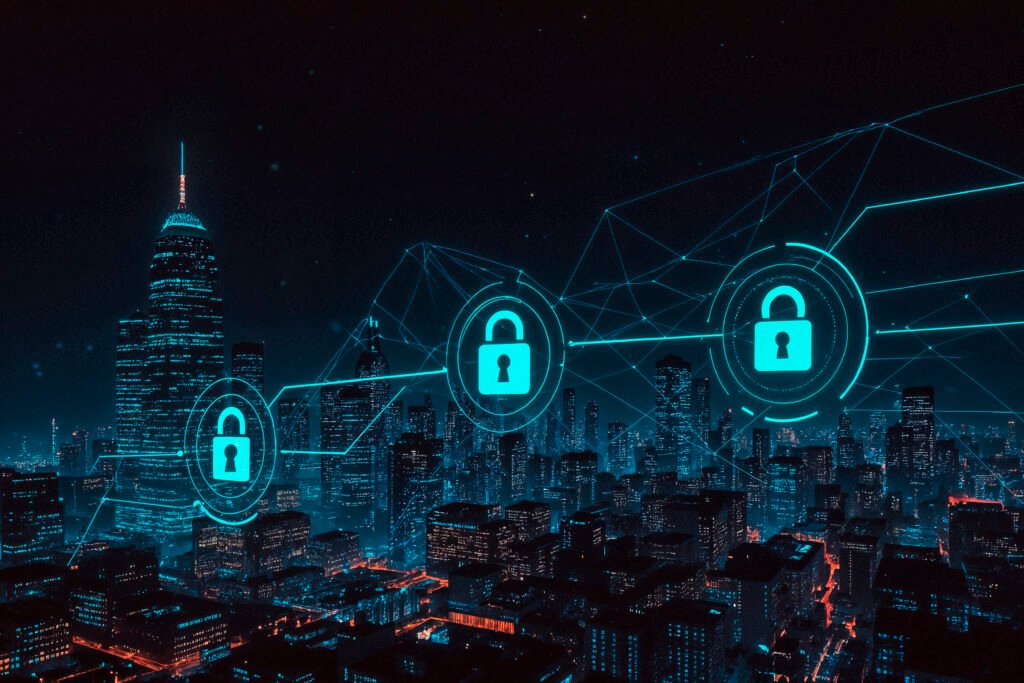
The rise of the hyperconnected world means that your digital identity is as valuable as your real-world self. Each and every log-on, sale, and social affair leaves a path behind that defines you on the internet. The sad thing is that in this age of increased data hacks, phishing scams and identity thefts, it is very important than ever before to guard this online avatar of your personality. The answer is in a single word cybersecurity.
At Altiora Infotech, we are focused on recalling a strong cybersecurity not only about firewall or antivirus program it is about trust, identity protection, and security to all the online environment.

What Is Digital Identity?
Digital identity refers to the unique set of identifiers, credentials, and behavior patterns associated with an individual or entity online. It includes:
- Usernames & passwords
- Biometric data
- Social media activity
- Banking and transaction history
- Device usage and browsing habits
When compromised, this information can be exploited for financial fraud, corporate espionage, or worse—complete digital impersonation.
The Cybersecurity Threat Landscape
Digital identities are under constant threat from:
- Phishing Attacks: Fraudulent messages designed to steal login credentials.
- Data Breaches: Unauthorized access to sensitive databases exposing millions of identities.
- Malware and Ransomware: Infiltration of devices to steal personal data or lock users out.
- Social Engineering: Manipulating users into revealing confidential information.
The impact of such attacks is not just personal—it can damage brand reputation, customer trust, and business continuity.
How Cybersecurity Protects Digital Identity
Cybersecurity measures act as the first and last line of defense in protecting digital identities. Key practices include:
1. Multi-Factor Authentication (MFA)
MFA adds an extra layer of security by requiring more than just a password—like a fingerprint or OTP.
2. Encryption
End-to-end encryption ensures that data in transit and at rest remains inaccessible to unauthorized users.
3. Identity and Access Management (IAM)
IAM solutions help control who has access to what within an organization, reducing the risk of internal breaches.
4. Regular Monitoring and Threat Detection
Advanced tools powered by AI and machine learning can detect unusual behavior or login patterns, stopping threats in real time.
5. User Awareness & Training
Human error is the biggest cybersecurity threat. Regular training can empower users to spot and report suspicious activity.
The Role of Businesses in Securing Digital Identities
Businesses should not only be protective of their internal systems but also the data of their customers through a proactive privacy-first approach.
This includes:
- Regulatory Compliance Regulations such as GDPR, HIPAA and the DPDP Act of India.
- Using secure systems to board and give authentication.
- Clear data policies that develop the consumer confidence.
At Altiora Infotech, we can assist with and help a business in building the cybersecurity framework relevant within their operations concerning strategy, implementation, and continuous threat monitoring.
Future Trends in Digital Identity Security
- Decentralized Identity (DID): Empowering users with control over their data using blockchain technology.
- Behavioral Biometrics: Using behavior patterns like typing speed and mouse movement to authenticate users.
- AI-Driven Security: AI and ML will continue to drive predictive threat detection and intelligent response systems.
Final Thoughts
In a world where your identity is increasingly digital, cybersecurity is not a luxury—it’s a necessity. Individuals must practice good cyber hygiene, and businesses must treat digital identity protection as a critical mission.
Altiora Infotech is committed to helping you stay ahead of cyber threats and build a secure, trusted digital future.

